A Beginner’s Guide to Decentralized Insurance: What You Need to Know
Welcome to our comprehensive guide on decentralized insurance and its applications in the context of distributed ledger technology (DLT). In this article, we’ll explore the current state of decentralized insurance platforms, their advantages and disadvantages, practical use cases, and their potential impact on various sectors.
Why Decentralized Insurance Matters
Decentralized insurance, powered by distributed ledger technology, has the potential to revolutionize the insurance industry. By eliminating the need for intermediaries and leveraging the security and transparency offered by DLT, decentralized insurance platforms can provide individuals and businesses with more control, efficiency, and trust in the insurance process. Whether you’re concerned about traditional insurance models, seeking innovative options, or simply curious about emerging technologies, understanding decentralized insurance is essential for anyone looking to navigate the evolving insurance landscape.
A Historical Overview of Decentralized Insurance Platforms
The concept of decentralized insurance can be traced back to the early days of blockchain technology. The idea gained traction with the launch of Ethereum, a decentralized platform that enabled the development of smart contracts. In 2016, the first decentralized insurance projects emerged, aiming to disrupt the traditional insurance industry. These platforms leveraged smart contracts to automate policy issuance, claims settlement, and other insurance processes, eliminating the need for traditional insurers.
Over the years, decentralized insurance platforms continued to innovate and refine their offerings. Notable milestones include the establishment of decentralized autonomous organizations (DAOs), which allow community members to govern insurance platforms collectively. Furthermore, the integration of various oracles and off-chain data sources enhanced the accuracy and reliability of decentralized insurance platforms, enabling them to provide coverage for a wide range of risks and assets.
The Advantages and Disadvantages of Decentralized Insurance
Advantages:
- Transparency: With decentralized insurance platforms, policyholders can verify transactions and claims on the blockchain, ensuring transparency and reducing the risk of fraud.
- Cost-Efficiency: By removing intermediaries, decentralized insurance platforms reduce administrative costs, resulting in lower premiums and better returns for policyholders.
- Accessibility: Decentralized insurance opens up coverage opportunities for underserved markets, such as developing countries or niche industries, previously overlooked by traditional insurers.
- Flexibility: Smart contracts allow for customizable insurance products, tailored to the specific needs of individuals or businesses, resulting in more personalized coverage.
Disadvantages:
- Regulatory Challenges: Decentralized insurance platforms face regulatory hurdles and may require legal frameworks to ensure consumer protection and compliance.
- Technical Complexity: Understanding and navigating decentralized insurance platforms and smart contracts can be challenging for individuals and businesses unfamiliar with blockchain technology.
- Data Privacy Concerns: Despite the transparency offered by blockchain, privacy concerns regarding personal or sensitive information may arise.
Practical Applications and Real-World Examples
Decentralized insurance platforms have the potential to provide coverage for various sectors. Some practical use cases include:
- P2P Insurance: Peer-to-peer insurance models leverage decentralized platforms to allow individuals or small communities to pool their risks and provide coverage collectively.
- Parametric Insurance: By utilizing smart contracts and external data sources, decentralized platforms can automatically trigger policy payouts based on predefined parameters, reducing the need for lengthy claims assessment processes.
- Microinsurance: Decentralized insurance platforms enable affordable and accessible coverage for low-income individuals, providing protection against specific risks.
- Supply Chain Insurance: Tracking goods and mitigating risks along the supply chain is made more efficient and transparent with decentralized insurance solutions, ensuring fair and reliable coverage.
Real-world examples of decentralized insurance platforms include Nexus Mutual, which offers coverage for smart contract failures, and Etherisc, focused on flight delay insurance. These platforms demonstrate the diverse applications and potential of decentralized insurance.
The Future of Decentralized Insurance
The future of decentralized insurance looks promising. As the technology evolves and regulatory frameworks adapt, we can expect increased adoption and mainstream integration. Decentralized insurance platforms have the potential to reinvent the insurance industry by providing more accessible, efficient, and customizable options for individuals and businesses.
Furthermore, as blockchain technology continues to advance, the scope of decentralized insurance could expand beyond traditional coverage areas. For example, the integration of Internet of Things (IoT) devices and real-time data feeds could enable automated insurance solutions that adjust premiums based on real-time risk factors.
Disclaimer: While decentralized insurance has significant potential, it’s important to stay informed and evaluate the risks and benefits associated with each platform and policy. As technology and regulations constantly evolve, consulting with experts and doing thorough research is essential.
Frequently Asked Questions
1. What is decentralized insurance?
Decentralized insurance refers to insurance platforms built on distributed ledger technology, such as blockchain, that automate policy issuance, claims settlement, and other insurance processes using smart contracts, removing the need for traditional intermediaries.
2. Are decentralized insurance platforms secure?
Decentralized insurance platforms leverage the security and transparency of blockchain technology. While no system is completely immune to risks, the use of cryptography and decentralized consensus mechanisms enhances the security of these platforms.
3. How do decentralized insurance platforms handle claims?
Decentralized insurance platforms use smart contracts to automate the claims process. Payouts can be triggered automatically based on predefined parameters or verified through oracles that fetch real-world data.
4. Can decentralized insurance platforms offer coverage for complex risks?
Decentralized insurance platforms are constantly evolving and expanding their coverage capabilities. With the integration of oracles and off-chain data sources, these platforms can provide coverage for a wide range of risks, including complex ones.
5. How do I choose a decentralized insurance platform?
When choosing a decentralized insurance platform, consider factors such as reputation, community engagement, security measures, coverage options, and regulatory compliance. Thoroughly research each platform and consult with experts if needed.
Remember, decentralized insurance is an exciting and rapidly developing field, offering potential benefits and solutions to the limitations of traditional insurance. We encourage you to dive deeper into this topic, explore different platforms, and join the discussions around the future of decentralized insurance.
We hope this beginner’s guide has provided you with valuable insights into the world of decentralized insurance and its implications in the context of distributed ledger technology. If you have any thoughts or questions, feel free to share them in the comments below. Happy exploring!
More in this category ...
Ripple companions with SBI Group and HashKey DX for XRPL answers in Japan
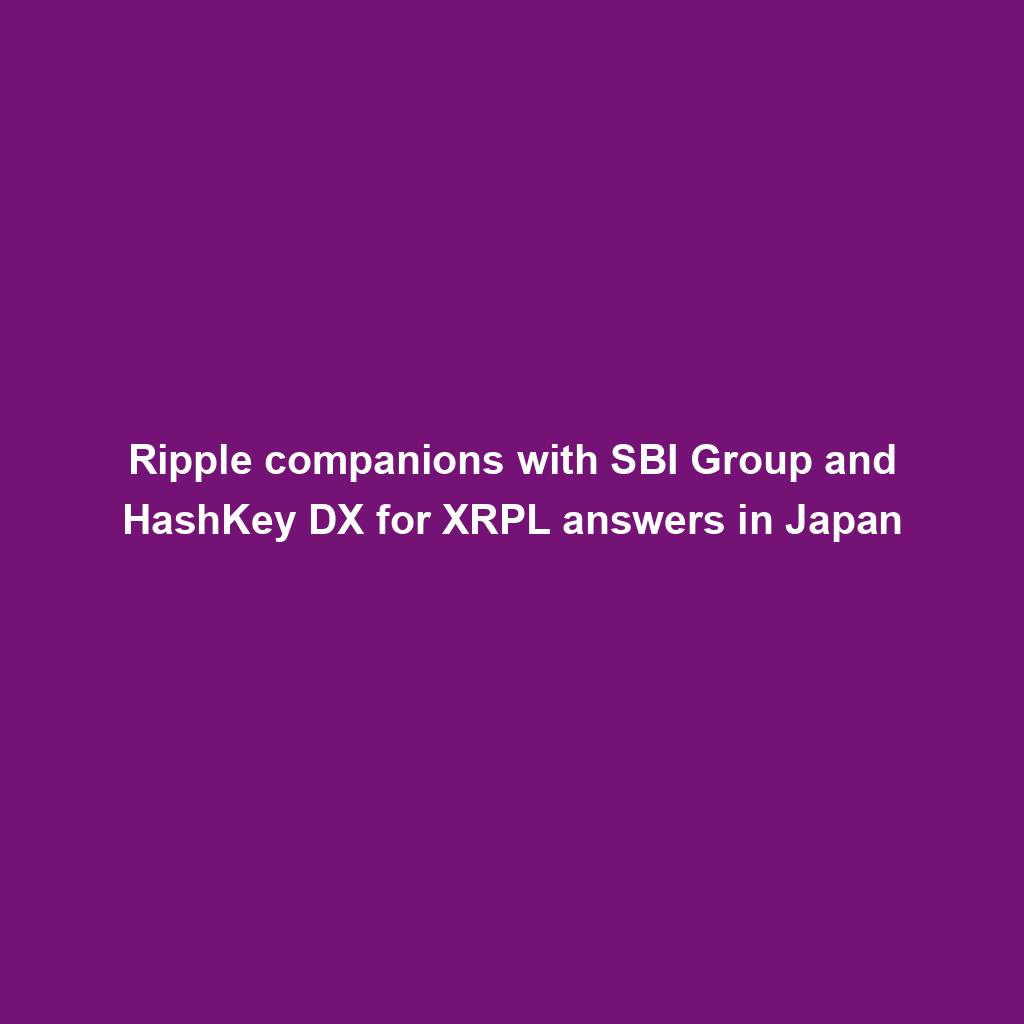
April sees $25M in exploits and scams, marking historic low ― Certik

MSTR, COIN, RIOT and different crypto shares down as Bitcoin dips
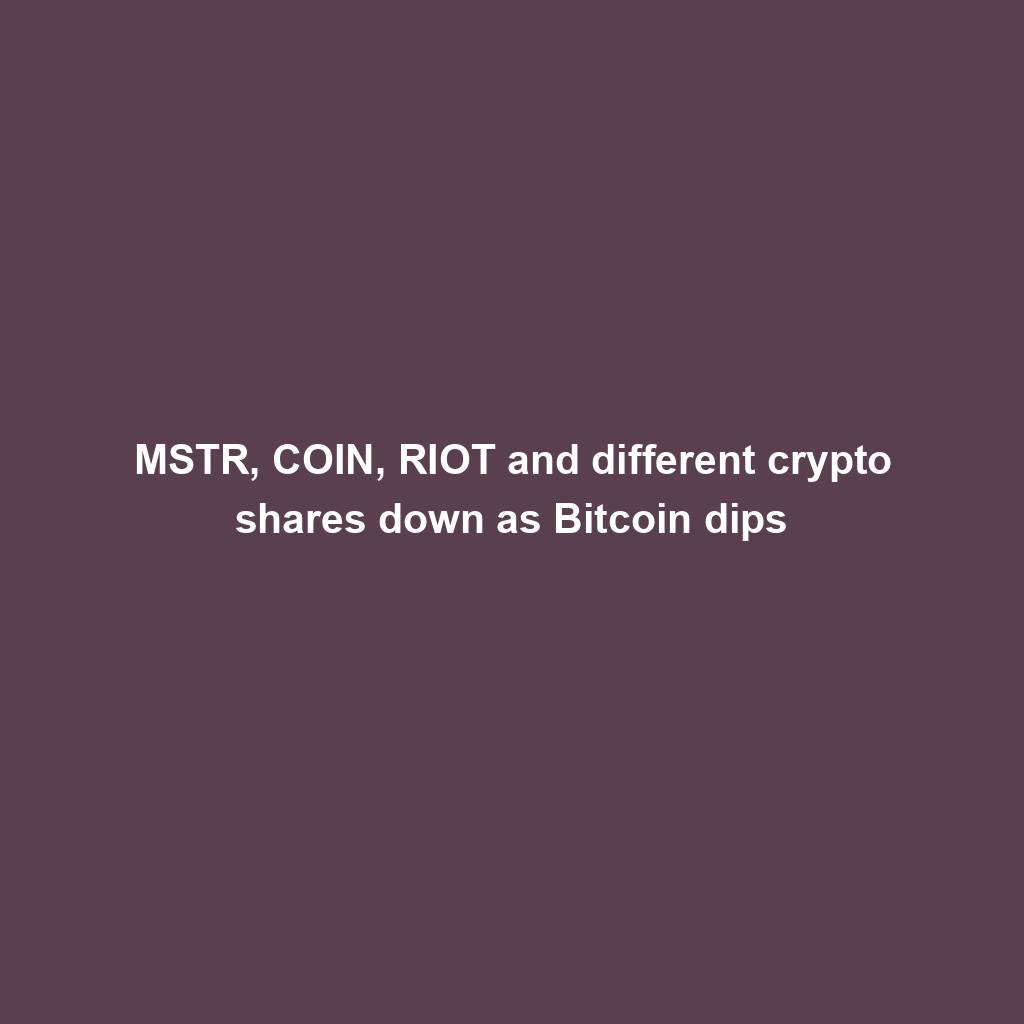
EigenLayer publicizes token release and airdrop for the group
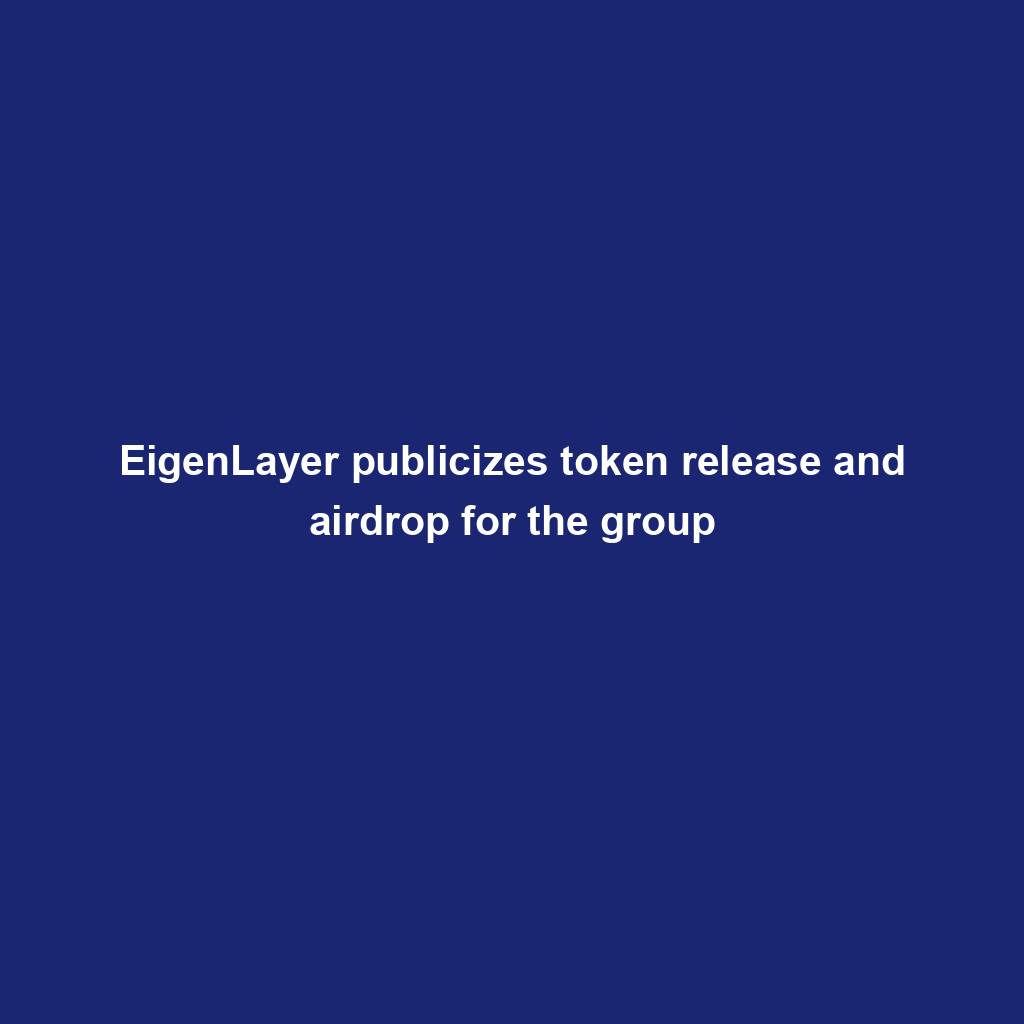
VeloxCon 2024: Innovation in knowledge control

Successful Beta Service release of SOMESING, ‘My Hand-Carry Studio Karaoke App’

Dogwifhat (WIF) large pump on Bybit after record reasons marketplace frenzy
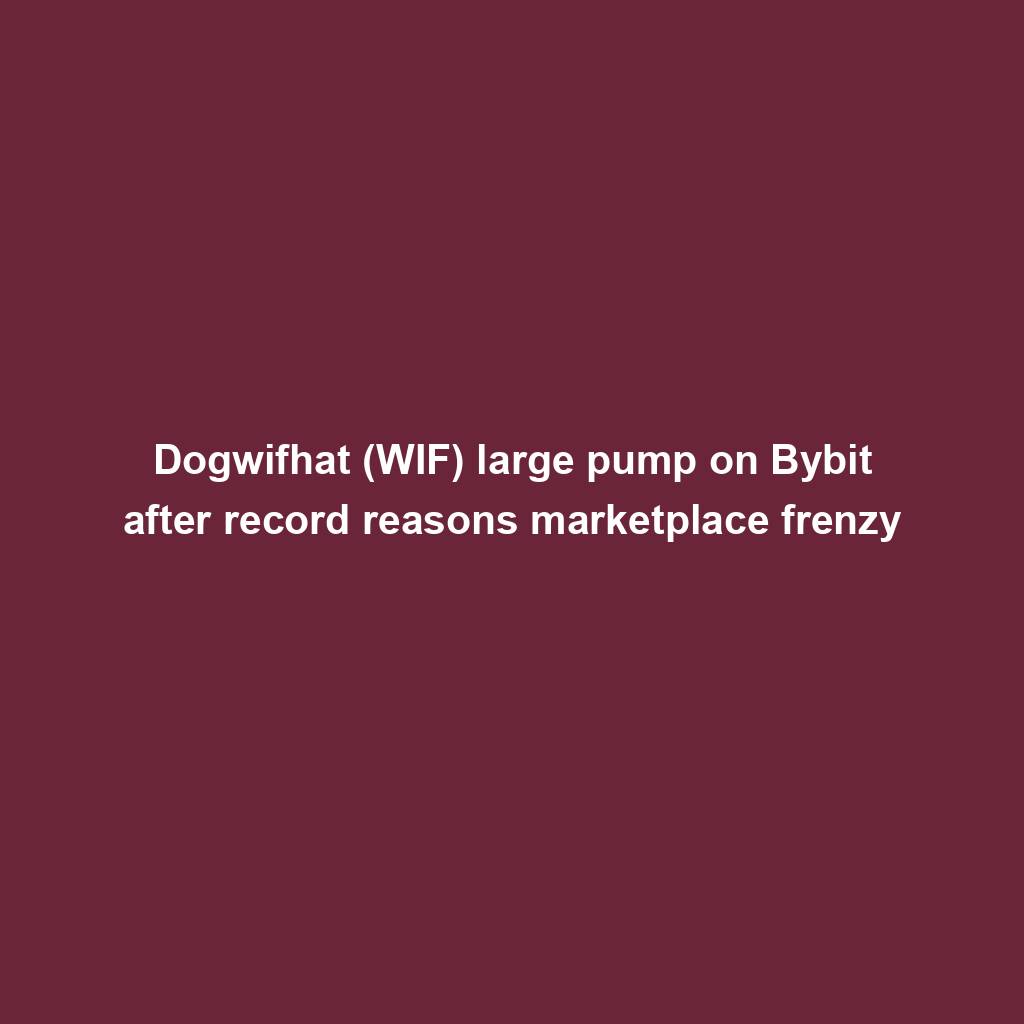
How fintech innovation is riding virtual transformation for communities around the globe
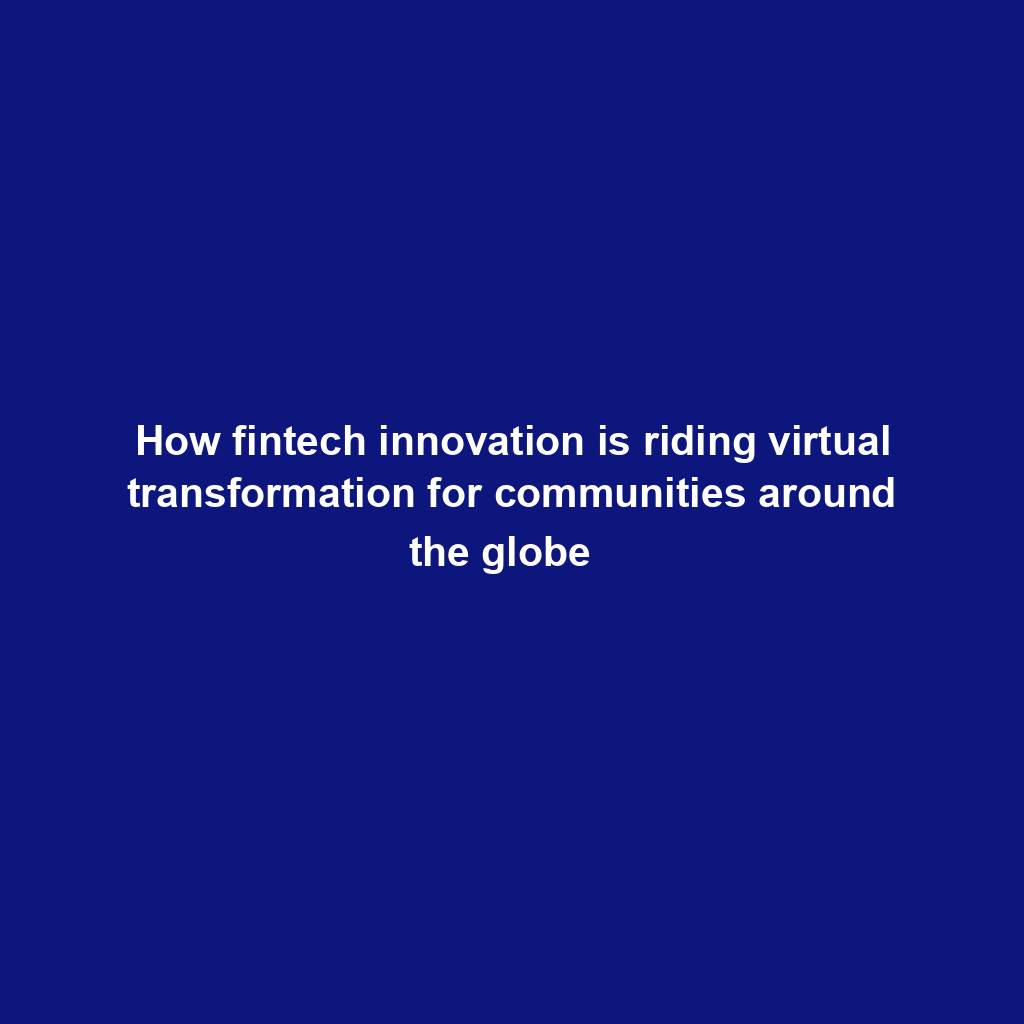
Wasabi Wallet developer bars U.S. customers amidst regulatory considerations

Analyst Foresees Peak In Late 2025

Solo Bitcoin miner wins the three.125 BTC lottery, fixing legitimate block

Ace Exchange Suspects Should Get 20-Year Prison Sentences: Prosecutors

Google Cloud's Web3 portal release sparks debate in crypto trade

Bitcoin Primed For $77,000 Surge

Bitbot’s twelfth presale level nears its finish after elevating $2.87 million

PANDA and MEW bullish momentum cool off: traders shift to new altcoin

Commerce technique: Ecommerce is useless, lengthy are living ecommerce

Republic First Bank closed by way of US regulators — crypto neighborhood reacts
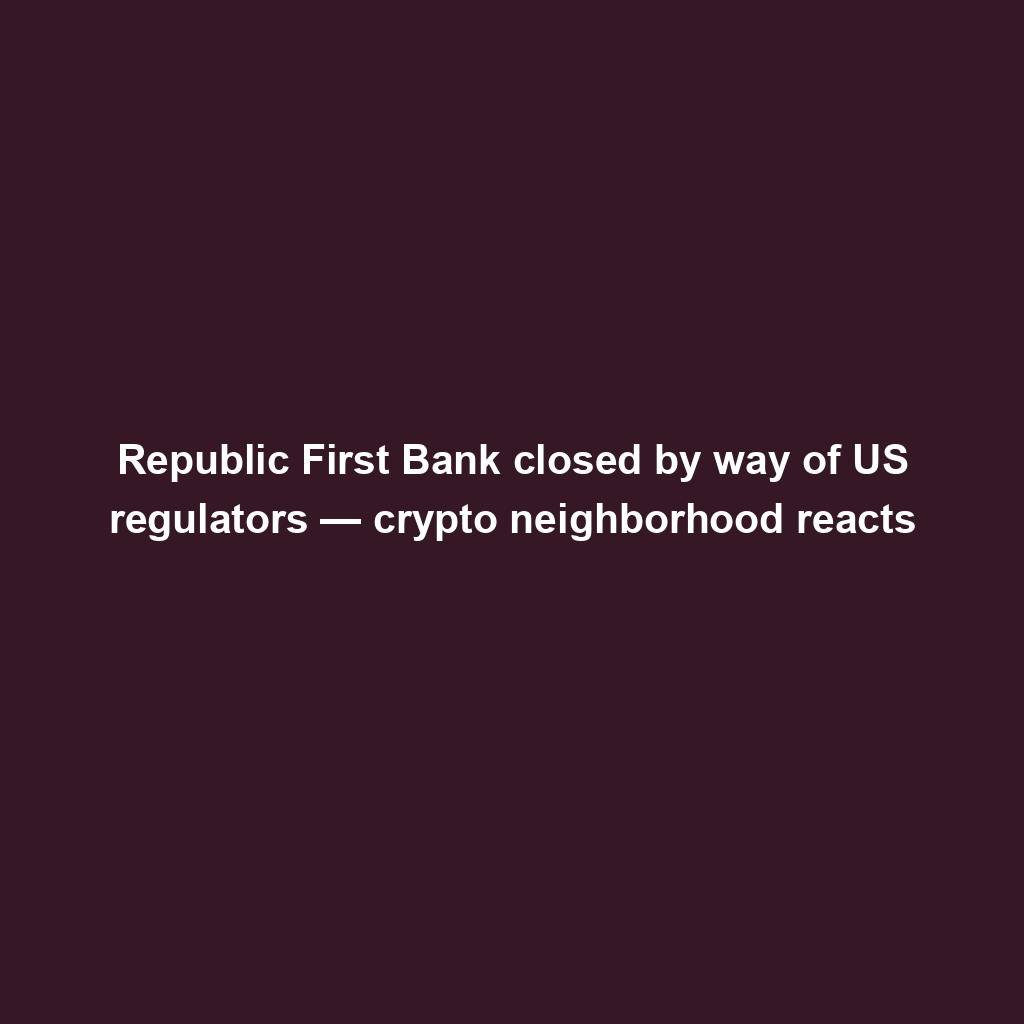
China’s former CBDC leader is beneath executive investigation

Bigger isn’t all the time higher: How hybrid Computational Intelligence development permits smaller language fashions

Pantera Capital buys extra Solana (SOL) from FTX
Successful Beta Service release of SOMESING, ‘My Hand-Carry Studio Karaoke App’

SEC sues Bitcoin miner Geosyn Mining for fraud; Bitbot presale nears $3M

Business procedure reengineering (BPR) examples

85% Of Altcoins In “Opportunity Zone,” Santiment Reveals

Sam Altman’s Worldcoin eyeing PayPal and OpenAI partnerships
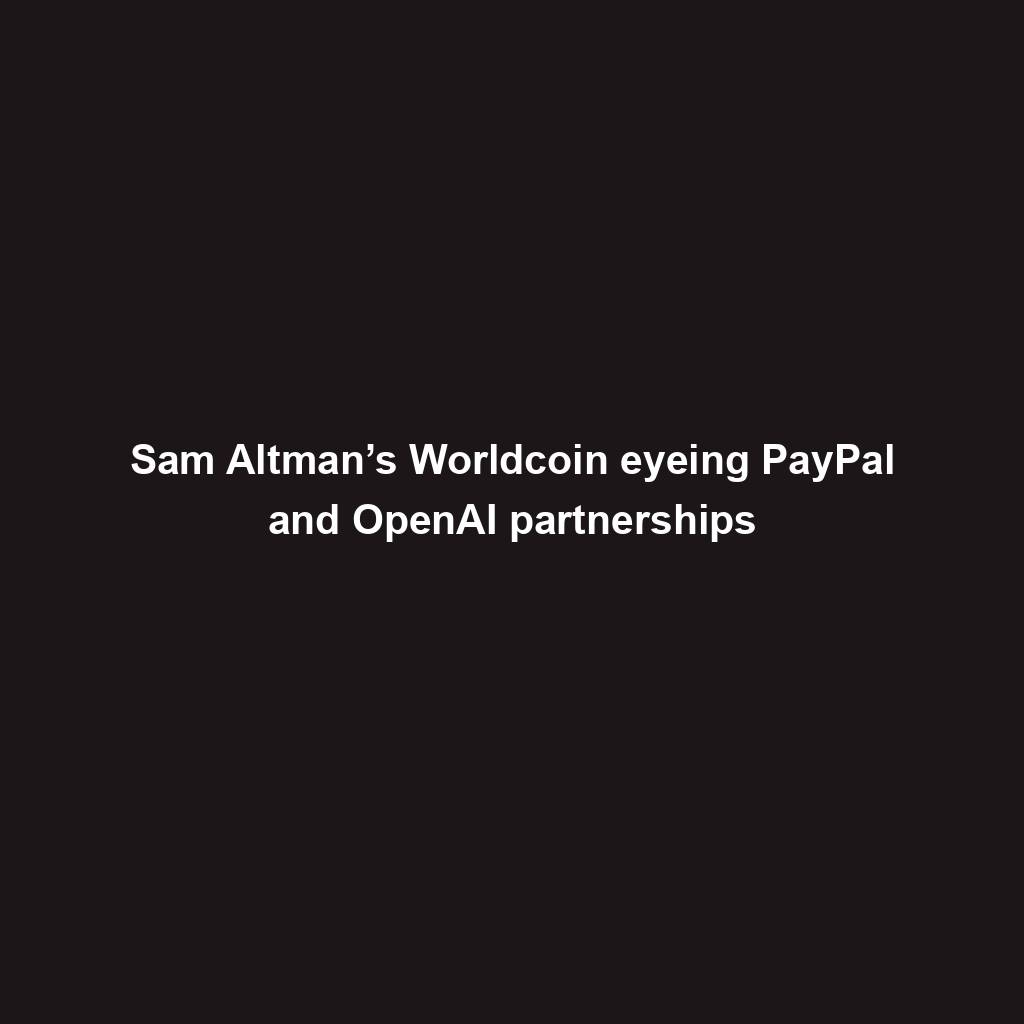
Artificial Intelligence transforms the IT strengthen enjoy
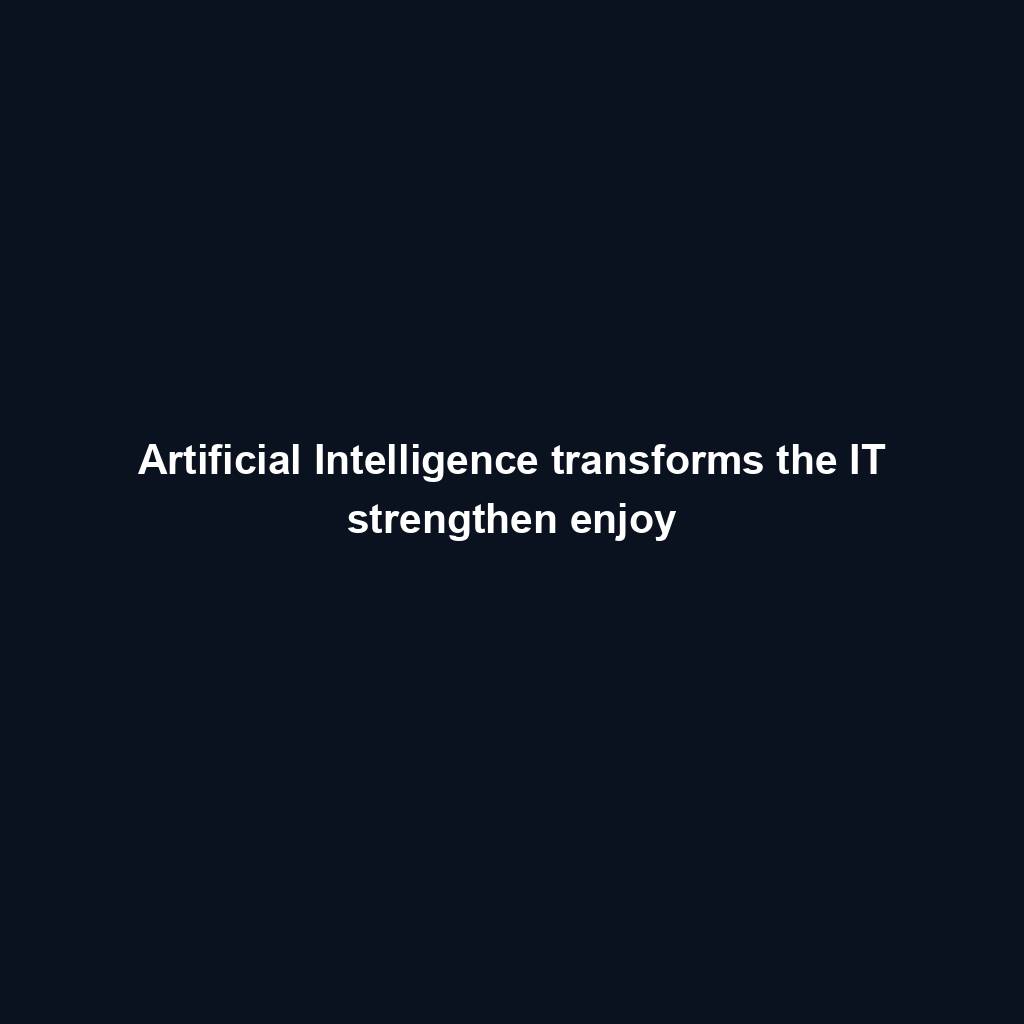
Franklin Templeton tokenizes $380M fund on Polygon and Stellar for P2P transfers

Meta’s letting Xbox, Lenovo, and Asus construct new Quest metaverse {hardware}

Shiba Inu (SHIB) unveils bold Shibarium plans as Kangamoon steals the display
